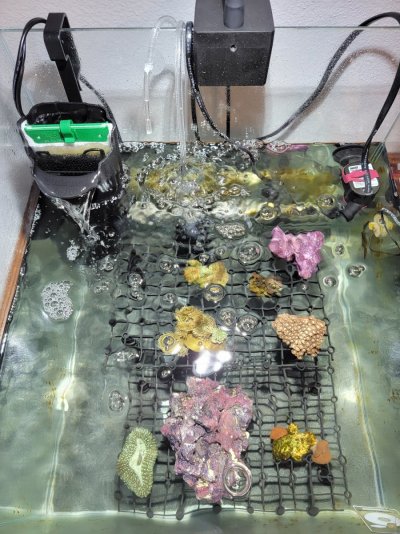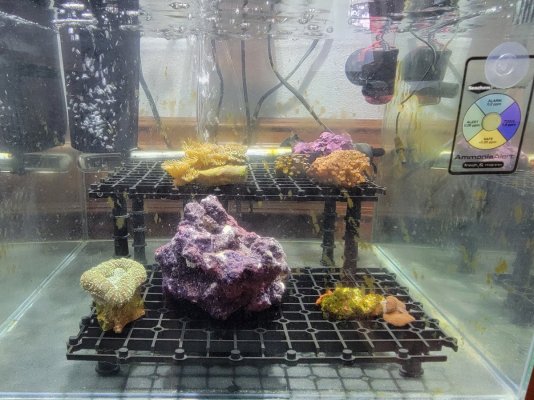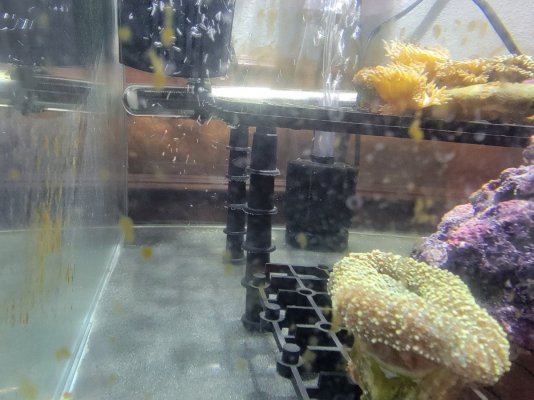One thing my false ammonia alert thread above establishes is the groupthink intial acceptance in forums of any stated ammonia level in a reef as factual. Even when not in a quarantine
Look what the crowd always does—> your bac are dead, dying, starved etc. always a bac issue, that’s the pattern.
we are working against a gradient where no stated level is denied or fact checked by habit of the masses and by training from the retail overlords / bottle bac sales machine
Omission of TAN factored reported levels runs 99% of any ammonia alert thread, pics are found of the tests in each link and they’re total ammonia vs nh3 reports, we expect reefs to produce ammonia to handle, its presence isn’t an alarm. It’s bad form in the reef tank would be the alarm.
read the example links, few in the posts agree with my assessments
yet to this day, message any aquarist / see if animals ever died, water ever clouded or smelled, total crashes etc
only the api or the Red Sea did all of that damage and reactive bottle bac sales.
Look what the crowd always does—> your bac are dead, dying, starved etc. always a bac issue, that’s the pattern.
we are working against a gradient where no stated level is denied or fact checked by habit of the masses and by training from the retail overlords / bottle bac sales machine
Omission of TAN factored reported levels runs 99% of any ammonia alert thread, pics are found of the tests in each link and they’re total ammonia vs nh3 reports, we expect reefs to produce ammonia to handle, its presence isn’t an alarm. It’s bad form in the reef tank would be the alarm.
read the example links, few in the posts agree with my assessments
yet to this day, message any aquarist / see if animals ever died, water ever clouded or smelled, total crashes etc
only the api or the Red Sea did all of that damage and reactive bottle bac sales.
Last edited:






















